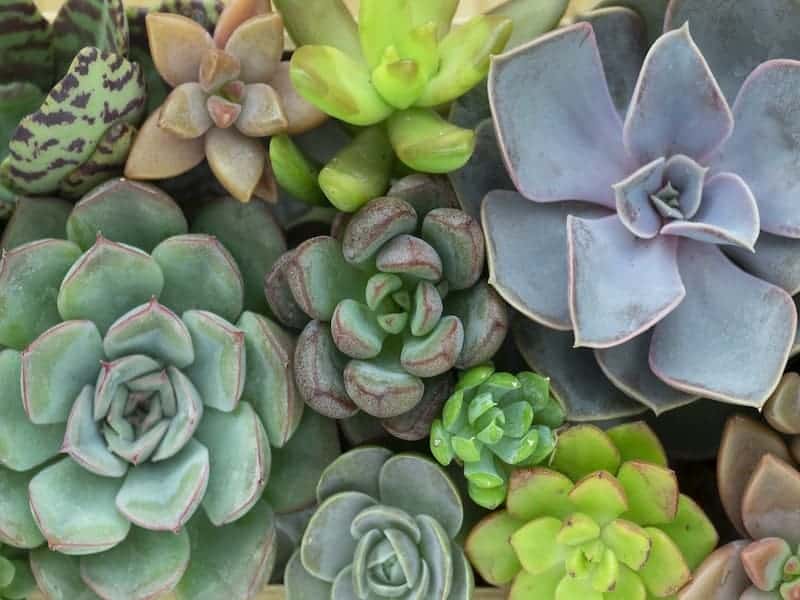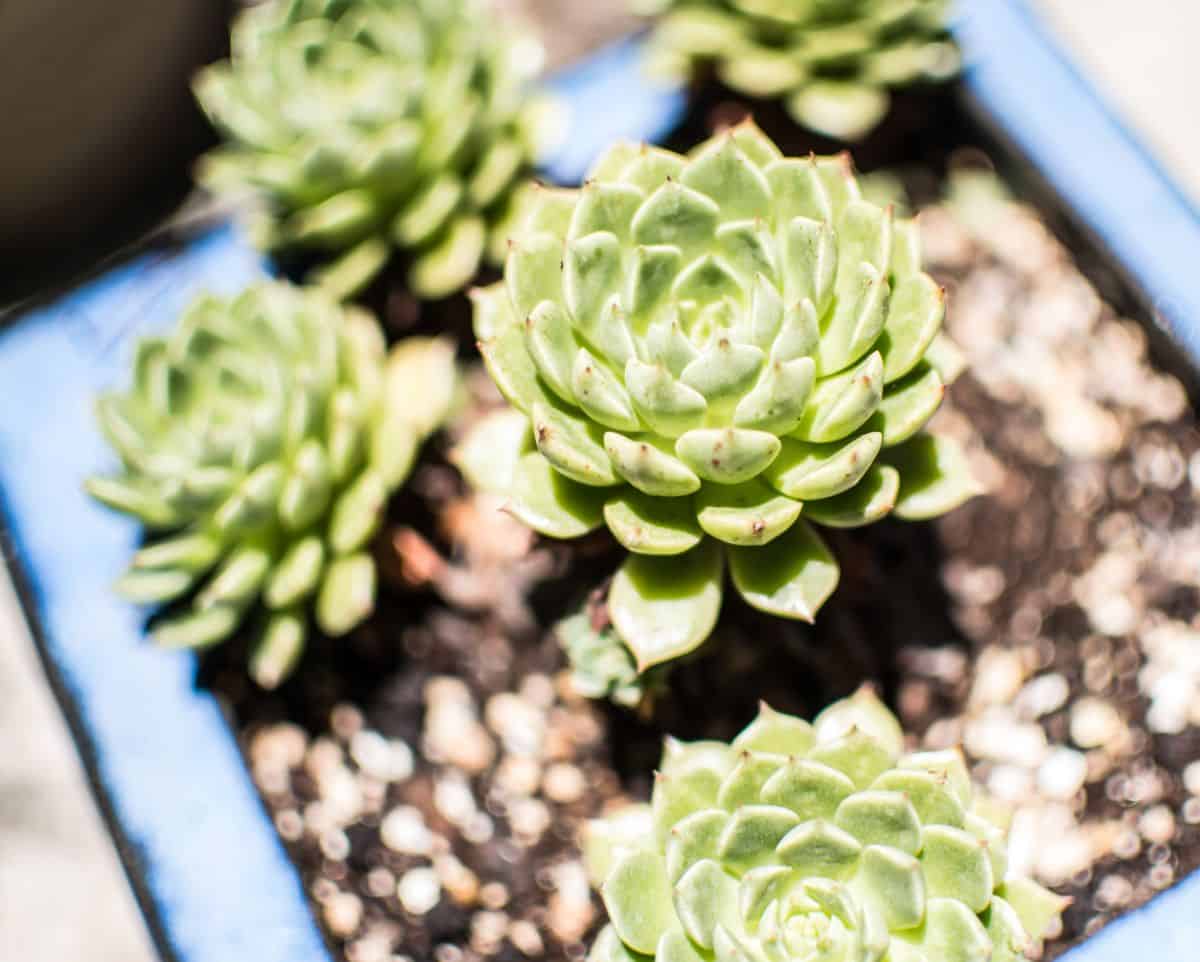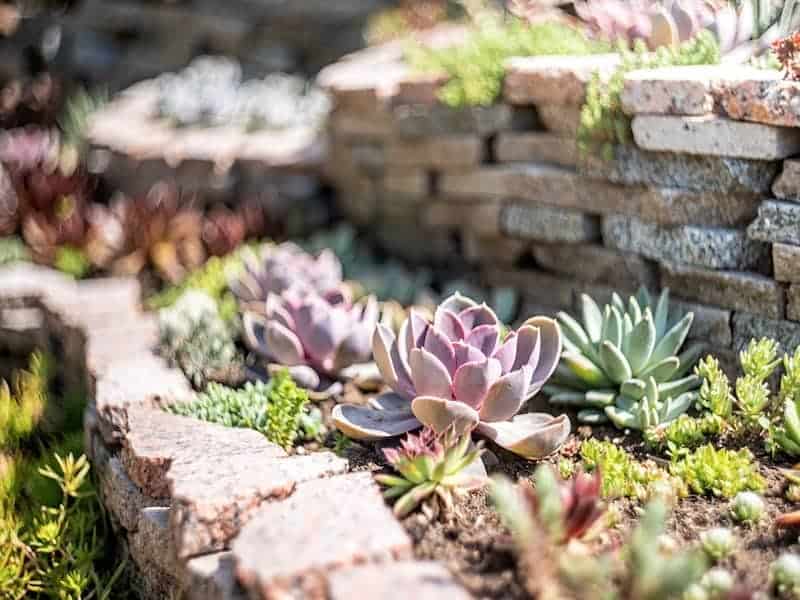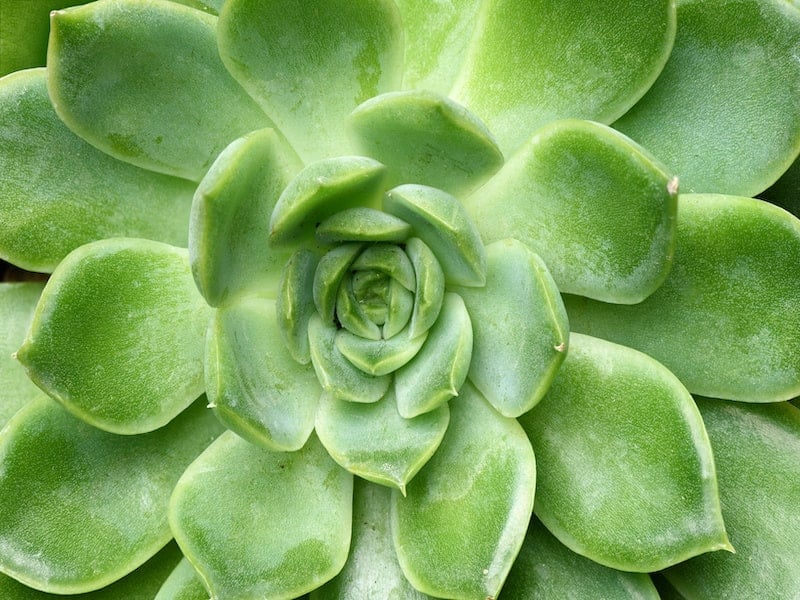The Echeveria dondo is a beautiful xeriscapic succulent. It is native to hot, arid parts of Mexico and will thrive in areas that have little to no irrigation. Because it is a perennial plant, it will last for many years and continue to flower season after season, in the right environment.
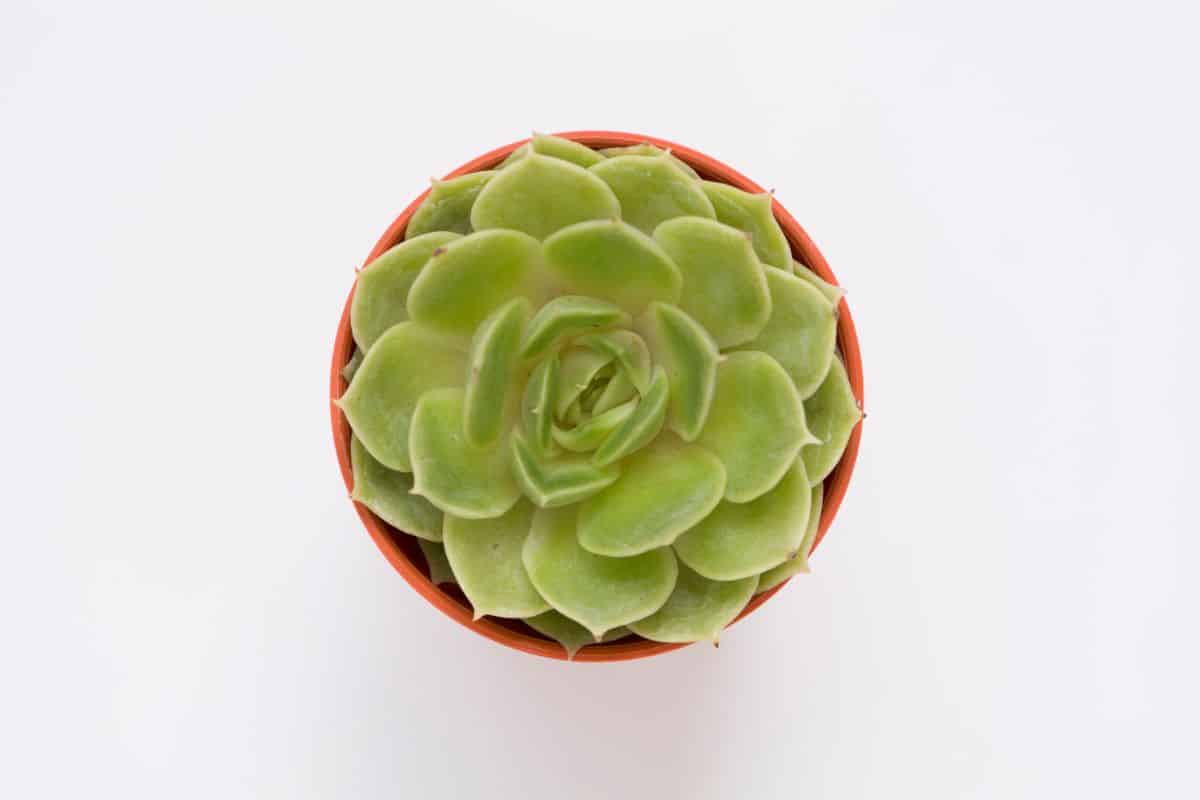
Because of its unusual beauty, the Echeveria dondo is a very popular plant for use in decor. Many people like to use it to decorate wedding cakes. The larger plants are also highly suitable to use as table decor and make fabulous centerpieces at events.
Because of its brightly colored flowers and the shape of its rosette leaves, the Echeveria dondo is particularly attractive to birds. It is frequently pollinated by the Hummingbird.
Jump to:
Echeveria Dondo Appearance
| Name: | Echeveria Dondo |
| Soil: | Well-drained soil |
| Blooming: | Warm months. |
| Light: | Natural sunlight |
| Water: | When the soil is completely dry |
| Propagation: | Steam cutting or leaves |
The Echeveria dondo is a magnificent-looking succulent. The leaves are soft and fleshy. They are broad and flat, with a tip that comes to a sharp point.
The leaves are usually a pale shade of green, occasionally with a grayish tinge. The tips of the leaves often turn bright red after prolonged exposure to bright sunlight.
The leaves grow very tightly together in a spiral pattern, forming a rosette. The rosettes can sometimes grow quite large, but the average size is about 4 inches in diameter.
The Echeveria dondo is unusual in that it blooms much earlier than most other succulents. You can expect flowers to start appearing towards the end of winter or the beginning of spring.
Buy it from:
The flowers emerge from the center of the rosette, on multiple stalks. They are typically bell-shaped and vary in color from different shades of yellow to pale orange.
The blend of pastel shades in both the leaves and the flowers make this succulent particularly pretty.
Caring for the Echeveria Dondo
The Echeveria dondo can generally be considered to be a low-maintenance succulent. It is tough and a strong grower, requiring very little nurturing or attention from you.
Light
The Echeveria dondo needs a lot of natural sunlight. It does far better as an outdoor plant than indoors. It should be planted in an area that has full sun to partial shade.
Plants need a certain minimum amount of sunlight in order for photosynthesis to take place and produce sufficient nourishment for the plant. As a general guide, your Echeveria dondo needs a minimum of 6 hours of direct sunlight per day.
Although it is better off outdoors, it is also possible to cultivate the Echeveria dondo as an indoor plant. When keeping it indoors, select a warm, sunny room that gets a lot of natural light.
No products found.
If you live in the northern hemisphere, it would be best to place it in a south-facing room, where it will do very well on a windowsill. If your home does not get sufficient natural light, you might need to use a grow light. This is an electric light that mimics natural sunlight and can be found at most garden centers or nurseries.
Water
The Echeveria dondo, like most succulents, does not need a lot of water. It is used to hot, arid conditions, similar to its native origins.
Your Echeveria dondo should be watered every 5-6 days, possibly even less frequently. When watering, it is best to water deeply, so that the soil is thoroughly soaked down to the roots of the plant.
After watering, the plant should be left until the soil is completely dry before watering again.
This will prevent the roots from rotting, a common problem with succulents that are kept constantly damp.
To test if it is time to water again, you can insert a finger deep into the soil to feel if it is totally dry. You can also insert a wooden skewer or kebab stick. It should be absolutely dry when it is removed.
Another recommended method of watering is to place the plant in a dish of water and leave it to stand for a few hours. The plant will absorb enough water for its needs through the drainage holes in the bottom of the pot. However, it is important not to let it stand in water permanently.
Temperature
The Echeveria dondo is not very hardy when it comes to cold. It will not survive extremely cold conditions.
If you live in a zone with a mild climate, it is fine to keep your Echeveria dondo outdoors. However, if the temperature drops below 20° Fahrenheit, the plant should be brought indoors.
Frost is extremely harsh for succulents and can do a lot of damage to the delicate leaves of your plant. If overnight frost is expected, your succulent will either need to be covered, or it should be brought indoors.
Soil
The PH of the soil is not terribly important for the Echeveria dondo, as long as it does not have extreme levels of either acid or alkaline measures.
Good drainage is crucial. If your succulents are planted in containers, they should have adequate drainage holes at the bottom, so that excess water can run off freely.
The soil should be a mixture of cactus potting soil and mineral grit. The grit can be made up of either coarse sand, perlite, or pumice, or a combination of all of these elements. This will ensure that the soil has good enough drainage.
Propagating the Echeveria dondo
The Echeveria dondo can be successfully propagated from leaves or from cuttings.
Read Related Topic: Blue Rose Echeveria (Echeveria imbricata) Care Guide
Propagating from leaves
Twist off a few leaves at the bottom of the stem. Allow them to dry for 2-3 days. Place them in a dish on top of a thin layer of soil, and water lightly every few days. They will soon start to sprout, and can then be planted in pots.
The offshoots will take root, and a new plant will start to develop. Water every few days for the first few weeks, and then cut back on the watering, as described above.
Propagating from cuttings
Using a clean, sharp pair of gardening scissors, cut off a piece of the plant, as close to the bottom as possible. Allow it to dry out for a few days until a callous has formed.
Once the cutting has calloused, you can plant it in a pot of prepared soil. Water lightly every few days until it has regenerated and is growing well. You can then reduce the watering frequency and, before too long, you will have a healthy new plant.
Common Problems and Pests
Overwatering
Overwatering is one of the biggest problems with succulents. If the roots are allowed to sit in permanently wet soil, they are likely to develop a fungal infection, which will lead to root rot. This will ultimately kill the plant.
Check Also: Echeveria Arctic Ice Succulent Care Guide
Pests and bugs
The most common pest that is likely to affect your Echeveria dondo is the mealybug. These tiny little insects are very difficult to see. The best way to identify them is by the tell-tale whitish-looking fine web that they leave on the plant.
The insects themselves usually hide on the underside of the leaves, in the crevices next to the stems. It is essential to get rid of them because they have the power to destroy your plant completely.
Mealybugs also spread very quickly to other plants, if left unchecked. You can try natural remedies. Many people also claim to have had success with isopropyl alcohol, but the most effective way to eliminate them quickly and completely is with a chemical pesticide.


